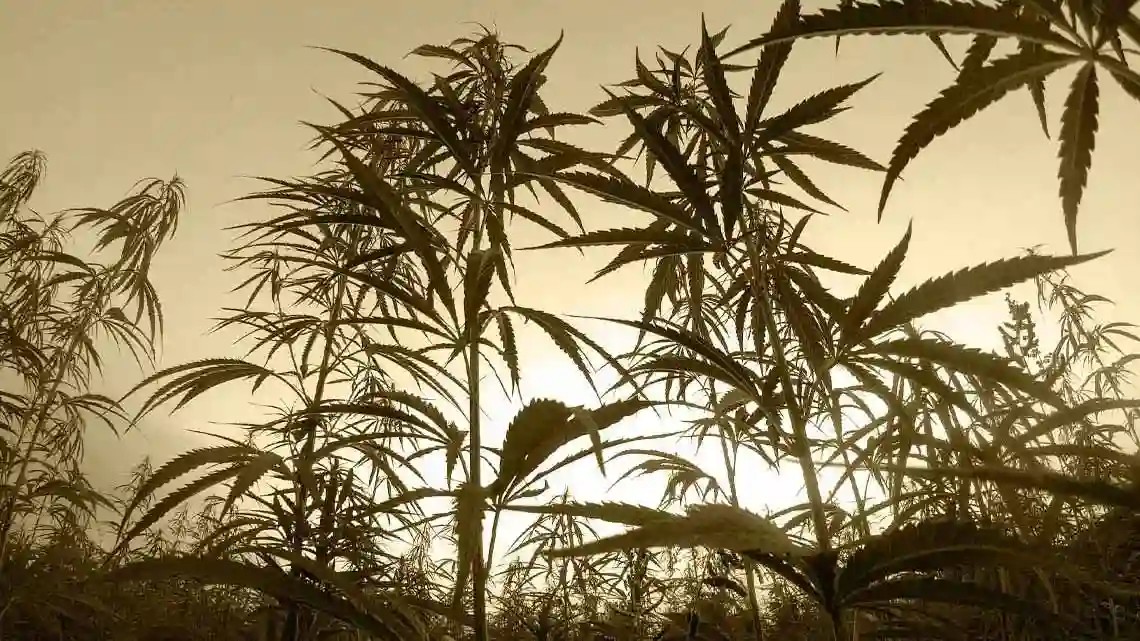In recent years, public attention and awareness of medical cannabis for various health conditions have witnessed a significant upswing. This has been driven by the legalization of weed in numerous US states. Legalization has, in turn, helped boost its usage and foster a more positive outlook toward its benefits.
Cannabis and cannabinoid agents are often touted for their medical benefits in relieving symptoms or treating diseases. However, their efficiency for specific indications remains to be verified. The FDA has been considering how these legalizations might bolster the scientific rigor of medical cannabis claims. On the other hand, they are also reviewing public data on the safety and abuse potential of this controversial drug.
Amidst these developments, it’s essential to acknowledge the historical importance of medical cannabis.
Historical Importance of Medical Cannabis
The history of medical cannabis is rich and varied, stretching back thousands of years and spanning numerous cultures and regions. This section studies the significant milestones and developments that have shaped the understanding and use of cannabis in medicine.
Ancient Origins
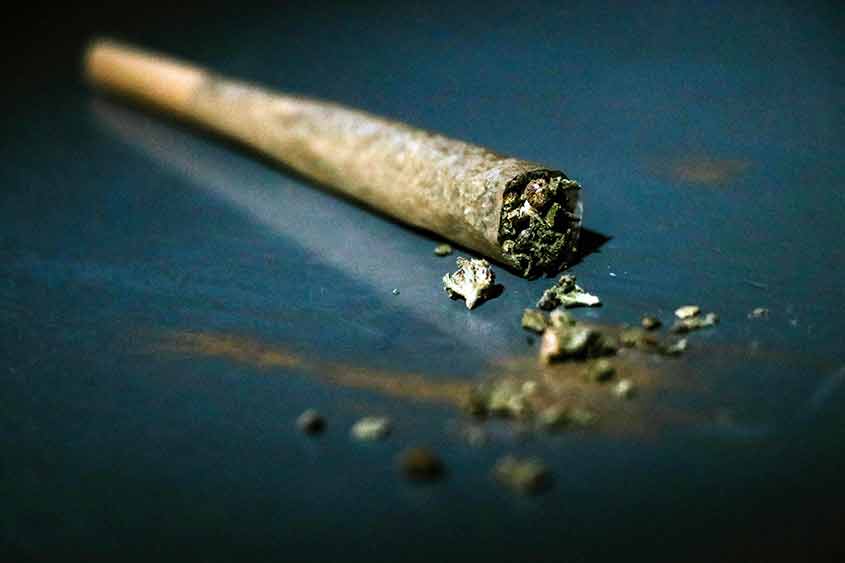

The origins of cannabis can be traced back to the ancient world, with extensive evidence indicating its use over 5,000 years ago. Archaeological findings suggest that cannabis was cultivated in what is now modern-day Romania. It was used for both its psychoactive properties and its potential medicinal benefits.
- Ancient China and India: In ancient China, cannabis was used as a treatment for various ailments. The earliest recorded use is attributed to Emperor Shen Nung in 2737 BC. He documented its effectiveness in treating gout, rheumatism, malaria, and poor memory. Cannabis was also a key component of traditional Indian medicine. Known as “bhang,” it was used in Ayurvedic medicine for pain relief, digestive issues, and stress reduction. “Bhang” is still used in India to create a drink during the Holi festival.
- Egypt and the Middle East: Ancient Egyptians utilized cannabis for its anti-inflammatory and pain-relieving properties. It was found in the tomb of Pharaoh Ramses II, who died in 1213 BC. This discovery suggests the importance of cannabis in ancient Egyptian medicine. Similarly, in the Middle East, cannabis was used to treat epilepsy and as an anesthetic.
Medieval and Renaissance Europe
- Medieval Applications: In medieval Europe, cannabis continued to be used medicinally. Manuscripts from this period describe its application in treating ailments such as coughs, jaundice, and colic. Hildegard of Bingen, a German herbalist (12th century), recommended cannabis treatments for conditions like migraines and joint pain.
- Renaissance Rediscovery: During the Renaissance, the resurgence of interest in science and herbal medicine led to renewed attention to cannabis. Notable physicians like Garcia de Orta and Li Shizhen wrote extensively about the plant’s medicinal properties. Their works helped spread knowledge of cannabis’s potential benefits across Europe and Asia.
19th and Early 20th Century in the United States
- Patent Medicines: In the United States, cannabis was widely used as a patent medicine during the 19th and early 20th centuries. It was an ingredient in numerous over-the-counter remedies, marketed for everything from pain relief to anxiety reduction. Cannabis was so common in these medicines that it was included in the United States Pharmacopoeia in 1850.
- Medical Acceptance: Prominent physicians of the time, such as Sir William Osler, considered cannabis an effective treatment for migraines. Cannabis tinctures were commonly prescribed and were readily available in pharmacies across the country.
Medical Cannabis: Federal Restrictions and Legal Challenges
- The Marijuana Tax Act of 1937: The tide began to turn against cannabis in the 20th century with the introduction of the Marijuana Tax Act of 1937. This act imposed heavy taxes and regulations on the sale and use of cannabis. Taxes made it difficult for physicians and pharmacists to continue using it as a treatment. The act marked the beginning of federal restrictions on cannabis. It was driven largely by political and social factors rather than medical evidence.
- The Controlled Substances Act of 1970: Three decades later, the Controlled Substances Act of 1970 classified marijuana as a Schedule 1 drug, the most restrictive category. Cannabis shared this category with drugs like heroin and LSD! Needless to say, marijuana was considered to have a high potential for abuse and no accepted medical use. This legislation effectively outlawed marijuana for any purpose, including medical use, and severely hindered research into its medicinal properties.
- Impact on Research: The classification of marijuana as a Schedule 1 drug created significant barriers for researchers. Obtaining approval and funding to study the medical benefits of cannabis became incredibly challenging. As a result, what followed was a decades-long stagnation in scientific research. Only recently, with changing state laws and increasing public support, cannabis research has regained momentum.
From its ancient roots to its recent resurgence, cannabis has been a significant player in the history of medicine.
Legalization of Medical Cannabis
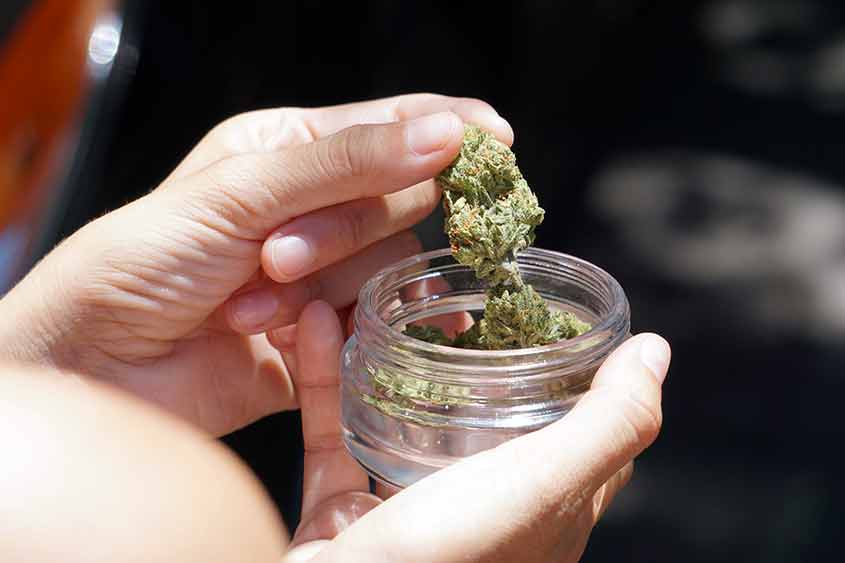
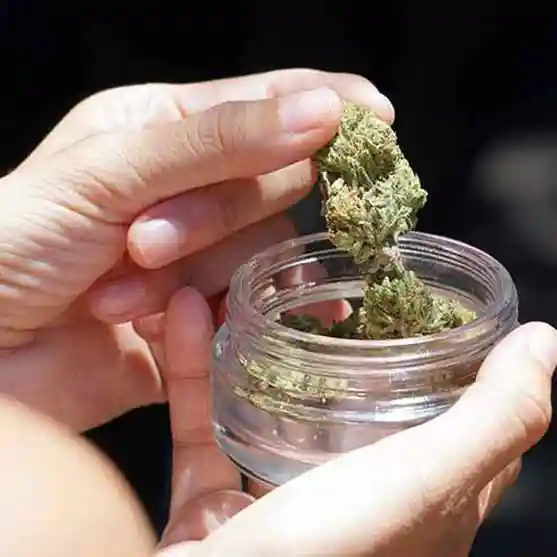
The journey towards the legalization of medical marijuana in the United States has been long and complex. This section explores the key milestones and legislative changes that have paved the way for the current landscape of medical cannabis use.
The Controlled Substances Act of 1970
The Controlled Substances Act (CSA) of 1970 marked a significant turning point in the legal status of marijuana. By classifying marijuana as a Schedule 1 drug, the CSA indicated that cannabis had a high potential for abuse. Also, it was deemed no accepted medical use, and a lack of accepted safety for use under medical supervision. This federal classification effectively outlawed marijuana, creating substantial obstacles for its medical use and research.
The First Steps Towards Legalization
- California’s Compassionate Use Act of 1996: More than 25 years after the CSA, California became the first state to challenge the federal stance on medical marijuana. The enactment of Proposition 215, known as the Compassionate Use Act of 1996, allowed patients and their primary caregivers to possess and cultivate marijuana for medical purposes with a physician’s recommendation. This groundbreaking legislation set a precedent and sparked a national conversation about the potential medical benefits of cannabis.
- The Movement Gains Momentum: Following California’s lead, other states began to consider similar measures. By the early 2000s, states such as Oregon, Washington, and Alaska had passed their own medical marijuana laws. Early adopters faced significant federal pushback, but their persistence laid the groundwork for broader acceptance and further legislative efforts.
Expansion and Acceptance of Medical Cannabis
- The 2010s – A Decade of Change: The 2010s saw a dramatic shift in public opinion and state legislation regarding medical marijuana. Colorado and Washington legalized recreational marijuana in 2012, which indirectly bolstered the case for medical marijuana. As more states observed the economic benefits and manageable public health impacts, medical marijuana legislation gained traction.
- Medical Marijuana in the Majority: By 2016, a significant number of states had legalized medical marijuana. This momentum continued! Today, 36 US states, four territories, and the District of Columbia have laws permitting the use of medical cannabis. These laws vary in scope and regulation. Some states allow a broad range of conditions to be treated with cannabis. On the other hand, others have more restrictive lists of qualifying conditions.
Federal Stance and Ongoing Challenges
- Federal Prohibition: Despite widespread state-level legalization, marijuana remains illegal at the federal level under the CSA. This federal prohibition creates numerous challenges for patients, providers, and researchers. This situation has created a lack of access to banking for cannabis businesses. Entrepreneurs find it difficult to conduct comprehensive research due to funding and approval barriers. And then, there are the overarching legal risks associated with cannabis use and distribution.
- The Rohrabacher-Farr Amendment: A significant development at the federal level was the passage of the Rohrabacher-Farr Amendment in 2014. It prohibits the Justice Department from using federal funds to interfere with the implementation of state medical marijuana laws. While not a full legalization, it provided some protection for medical marijuana programs. Also, it reduced the risk of federal crackdowns in states where medical marijuana is legal.
Current Landscape and Future Directions
- State-Level Innovations: States continue to innovate and expand their medical marijuana programs. Recent trends include the inclusion of more qualifying conditions, the development of comprehensive regulatory frameworks, and efforts to ensure patient access and product safety. Some states are also exploring the integration of medical marijuana into broader healthcare systems, aiming to reduce stigma and improve patient outcomes.
- Potential Federal Changes: There is growing momentum for federal change, with numerous bills introduced in Congress to reschedule or decriminalize marijuana. Public opinion strongly supports medical marijuana, and advocacy groups continue to push for reform. The potential for significant federal policy shifts in the near future remains a topic of active debate and optimism within the cannabis community.
The legalization of medical marijuana represents a significant shift in public policy and societal attitudes towards cannabis. Despite ongoing federal prohibition, the trajectory towards broader acceptance and integration of medical marijuana into healthcare continues. Today, we see a promising future where cannabis can be more fully explored and utilized for its medicinal potential.
Medical Cannabis: The Science & History
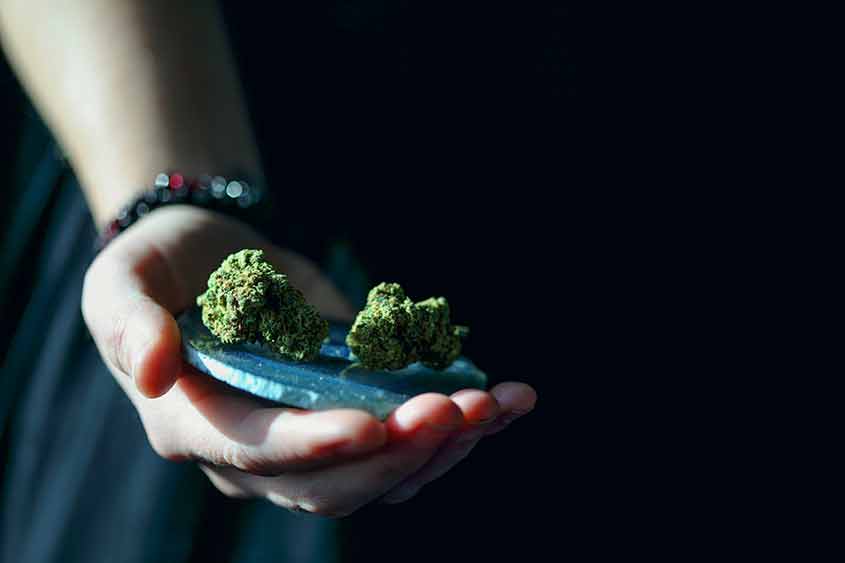

To fully appreciate the impact of medical marijuana, it’s essential to examine its scientific and medical journey through history. This section will explore the historical understanding of cannabis’s pharmacology, its application for various conditions over the centuries, and the evolution of research and regulation that has shaped its current medical use.
Early Scientific Understanding
- Ancient and Medieval Pharmacology: In ancient China, the medical text “Shennong Ben Cao Jing” (The Classic of Herbal Medicine) from around 2737 BC detailed the use of cannabis for treating ailments such as malaria, gout, and rheumatism. Ancient Indian Ayurvedic texts also describe the use of cannabis for pain relief and other therapeutic purposes. These early records indicate a rudimentary understanding of cannabis’s effects on the body, long before the discovery of cannabinoids and the endocannabinoid system.
- Middle Ages to Renaissance: During the medieval period, Islamic physicians like Avicenna included cannabis in their medical compendiums, recognizing its analgesic and anti-inflammatory properties. By the Renaissance, European herbalists such as Nicholas Culpeper documented the use of cannabis in treating various conditions, contributing to a broader dissemination of knowledge about its medicinal uses.
Medical Cannabis in 19th and Early 20th Century
- 19th Century Medical Uses: The 19th century saw a surge in the use of cannabis in Western medicine. Physicians like Sir William O’Shaughnessy, who worked in India, brought cannabis to the attention of European and American doctors. His work highlighted its efficacy in treating rheumatism, cholera, and tetanus. Cannabis tinctures became popular in Europe and the United States. As a result, cannabis was officially recognized in the United States Pharmacopoeia in 1850.
Early 20th Century Decline: The early 20th century brought a decline in the medical use of cannabis due to the rise of synthetic drugs and increasing regulatory restrictions. The Marijuana Tax Act of 1937 significantly curtailed its medical application by imposing stringent regulations and taxes on cannabis products. This period marked the beginning of the stigmatization and legal challenges that would hinder cannabis research for decades.
Modern Scientific Research and Efficacy
- Rediscovery and Initial Studies: The mid-20th century saw the rediscovery of cannabis’s medical potential, driven by isolated studies and anecdotal evidence. In the 1960s, the identification of THC by Dr. Raphael Mechoulam and his team in Israel was a groundbreaking development, laying the foundation for modern cannabis research. This discovery led to a deeper understanding of how cannabinoids interact with the human body.
- The Endocannabinoid System: The discovery of the endocannabinoid system in the 1990s revolutionized the scientific understanding of how cannabis works in the body. Researchers found that this system plays a crucial role in regulating various physiological processes, including pain, mood, appetite, and immune response. This insight provided a scientific basis for the therapeutic use of cannabis and spurred further research.
- Contemporary Research and Applications: Modern research has confirmed and expanded upon the historical uses of cannabis. Clinical studies have demonstrated its efficacy in treating chronic pain, epilepsy, cancer-related symptoms, and multiple sclerosis, among other conditions. The approval of CBD-based medications like Epidiolex by the FDA for epilepsy treatment represents a significant milestone in recognizing cannabis’s medical value.
Evolution of Regulation and Acceptance
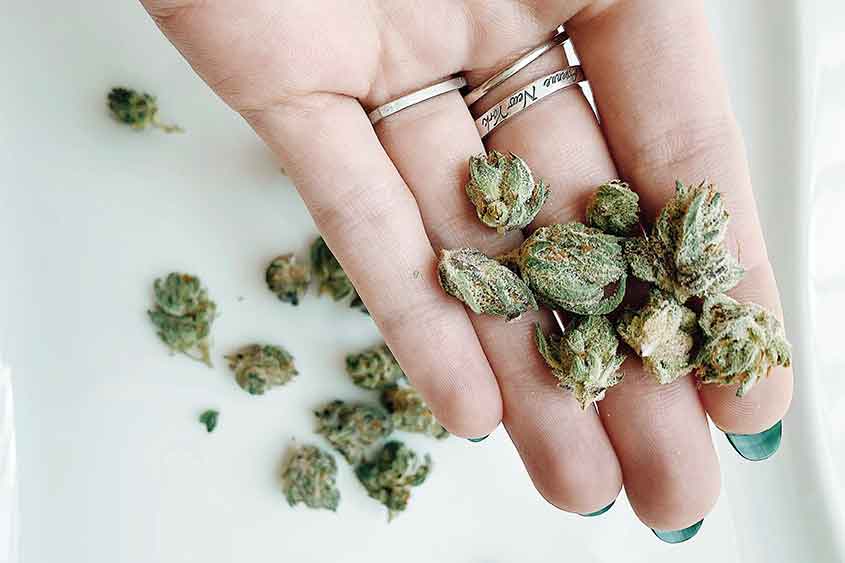

- California’s Compassionate Use Act of 1996: The passing of California’s Compassionate Use Act in 1996 marked a pivotal moment in the modern era of medical marijuana. It was the first state law to recognize and legalize the use of cannabis for medical purposes under a doctor’s supervision. All in all, California set an example for other states to follow.
- Gradual Legalization Movement: Since California’s groundbreaking legislation, the movement to legalize medical marijuana has gained substantial momentum. By 2021, 36 US states, four territories, and the District of Columbia had legalized medical cannabis. Each state’s program varies, reflecting a patchwork of regulations and attitudes towards cannabis use.
- Federal Challenges and Progress: Despite state-level advancements, marijuana remains federally classified as a Schedule 1 drug under the Controlled Substances Act of 1970. This federal prohibition has created significant barriers for research and medical use. However, legislative measures like the Rohrabacher-Farr Amendment and growing public support are pushing towards potential federal reforms.
The history of medical marijuana is a testament to its enduring potential as a therapeutic agent. As research continues to unveil the therapeutic benefits of cannabis, the future of medical marijuana looks increasingly promising.
Conclusion
The history and legalization of medical marijuana illustrate a remarkable journey from ancient therapeutic use to modern medical acceptance. From early applications in China and India to its resurgence in 19th-century medicine, cannabis has been recognized for health benefits. However, the 20th-century restrictions significantly hindered its medical application and research. Recent decades have seen a dramatic shift. We see more scientific understanding, state-level legalizations, and growing public support driving a renewed interest in medical cannabis.
Today, medical marijuana is legally accessible in many US states, supported by a substantial body of research demonstrating its efficacy for various conditions. Yes, federal prohibition remains a significant barrier. However, ongoing advocacy and legislative efforts continue to push for broader acceptance and integration into mainstream medicine. As we move forward, the rich historical context and evolving scientific evidence underscore the importance of embracing medical marijuana as a valuable tool for improving patient care and public health.
Consult a healthcare professional before using cannabis products; the advice provided is not a substitute for medical guidance.

